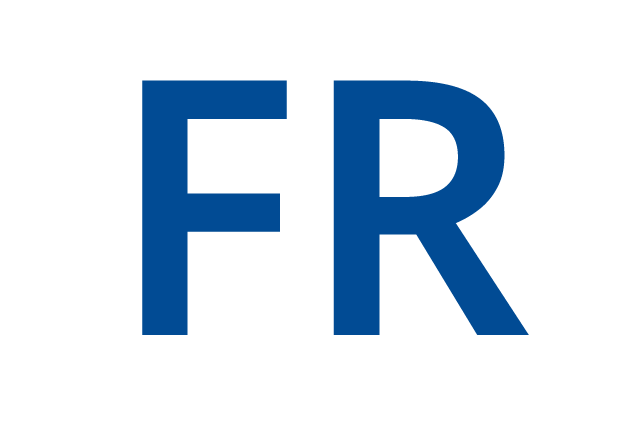
| Personal data | Research themes | Ongoing teaching | Publications |
BOURGUIGNON Mathieu



Units
The LCFC aims to group within the same structure the use for research purposes of brain mapping equipments, including magnetoencephalography (MEG), magnetic resonance imaging (MRI), and positron emission tomography (PET). The laboratory is directed by Serge Goldman et Patrick Van Bogaert, respectively director and co-director of a board composed by one delegate of the seven departments of Hôpital Erasme implicated in the management and use of these equipments: Neurology, Neurosurgery, Nuclear Medicine, Psychiatry, Paediatric Neurology, Neuroradiology and Neuropsychology. LCFC has collaboration with laboratories of the Faculty of Psychology of the ULB for some research topics. More specifically, research on specific language impairment and on impact of epileptic activities on cognition and language is performed in collaboration with UR2NF (Neuropsychology and Functional Neuroimaging Research Unit,) whereas research on the neural bases of learning with and without consciousness is performed in collaboration with SRSC (Consciousness, Cognition and Computation Group). The study of the respective impacts of MEG and EEG-fMRI on the presurgical evaluation of epileptic patients candidates to surgery is performed in collaboration with the centres of reference for refractory epilepsy of Hôpital Erasme and Universitaire Ziekenhuis Gent.
Laboratory for Functional Anatomy
The Laboratoires d'Anatomie, Biomécanique et Organogenèse (LABO, Faculty of Medicine) and d'Anatomie Fonctionnelle (LAF, Faculty of Human Motor Sciences) form a research group dedicated to human and animal anatomy, biomechanics and embryology. LABO/LAF's research is organized around complementary themes: - biomechanics, modeling and functional assessment - macroscopic and microscopic anatomy - embryology and teratology - forensic medicine and forensic anthropology - HOX genes and ovarian function
Laboratory of Anatomy, Biomechanics and Organogenesis
The Laboratoires d'Anatomie, Biomécanique et Organogenèse (LABO, Faculty of Medicine) and d'Anatomie Fonctionnelle (LAF, Faculty of Human Motor Sciences) form a research group dedicated to human and animal anatomy, biomechanics and embryology. LABO/LAF's research is organized around complementary themes: biomechanics, modeling and functional assessment macroscopic and microscopic anatomy embryology and teratology forensic medicine and forensic anthropology HOX genes and ovarian function Neurobiomechanics Applied physical anthropology in paleoanthropology
Projetcs
Neurobiomechanics - postural control
This project investigates the neural mechanisms underlying postural control and multisensory integration, focusing on how the brain integrates visual, proprioceptive and vestibular data to maintain balance. It aims to identify cortical markers of postural control, link variability in sensory weighting to patterns of brain activity, and characterize altered sensory reweighting in children with developmental coordination disorder, in the elderly, and in individuals with vestibular disorders. Using EEG, force platforms and novel methodologies, the project will explore how brain activity is coupled to postural and muscular control, and how this coupling varies as a function of environmental constraints. The project aims to deepen our understanding of the etiology of different conditions that can affect postural control, and to contribute to the development of potential diagnostic and therapeutic tools.
Neurobiomechanics - beta oscillations
Beta oscillations of the sensorimotor cortex are the hallmark of sensorimotor brain function, reflecting motor abilities and neurological health. Their characterization usually requires the recording of brain activity using sophisticated and expensive equipment. Drawing on the results of fundamental research, the present project aims to develop and characterize a method for measuring a reflection of these oscillations in readily available signals, such as muscle activity or recordings of mechanical hand strength. He will then assess the method's potential for monitoring Parkinson's disease, as well as rehabilitation and recovery from stroke. Future applications are also planned in basic research, as well as in the assessment and monitoring of schizophrenia and autism spectrum disorders. This research is funded by the WEL Research Institute.
Neurobiomechanics - beta oscillations
Beta oscillations of the sensorimotor cortex are the hallmark of sensorimotor brain function, reflecting motor abilities and neurological health. Their characterization usually requires the recording of brain activity using sophisticated and expensive equipment. Drawing on the results of fundamental research, the present project aims to develop and characterize a method for measuring a reflection of these oscillations in readily available signals, such as muscle activity or recordings of mechanical hand strength. He will then assess the method's potential for monitoring Parkinson's disease, and for monitoring rehabilitation and recovery from stroke. Future applications are also planned in basic research, as well as in the assessment and monitoring of schizophrenia and autism spectrum disorders.
Neurobiomechanics - postural control
This project investigates the neural mechanisms underlying postural control and multisensory integration, focusing on how the brain integrates visual, proprioceptive and vestibular data to maintain balance. It aims to identify cortical markers of postural control, link variability in sensory weighting to patterns of brain activity, and characterize altered sensory reweighting in children with developmental coordination disorder, in the elderly, and in individuals with vestibular disorders. Using EEG, force platforms and novel methodologies, the project will explore how brain activity is coupled to postural and muscular control, and how this coupling varies as a function of environmental constraints. The project aims to deepen our understanding of the etiology of different conditions that can affect postural control, and to contribute to the development of potential diagnostic and therapeutic tools.

